Called Mercimek Köftesi, these traditional Turkish red lentil “balls” are made with fiber-rich bulgur, red pepper paste, spicy Aleppo pepper, and warming cumin. They’re budget-friendly, fantastic to prepare ahead, and will suit a variety of diets, making them great for entertaining.

I adore this vegan spiced lentil and bulgur recipe, called Mercimek Köftesi and pronounced “mer-jeh-mek koof-teh-seh.” These lentil “meatballs” are filled with flavor, vitamins, and nutrients, they are always a hit with my vegetarian guests and meat-eaters alike!
Locals enjoy Mercimek Köftesi, translated as lentil meatball, as part of the main course as a substantial vegetarian dish, with other Turkish mezzes and pickles, like pickled turnips and cucumbers. Or during afternoon gatherings, along with savory filo pies, our borek cheese rolls, and refreshing salads with a cup of tea.
Variations are made throughout my homeland, Turkey. This simple recipe was passed down to my mother from her neighbors when we lived in Elazığ, a city in the southeast part of the country where these delicious patties were served at ladies’ afternoon gatherings.
Sautéed onions are important here, as they add oodles of flavor and moisture to the patties. Fine bulgur lends a nutty taste and it is light in texture, making the patties extra refreshing on a hot summer day. Serve them at room temperature, wrapped in lettuce leaves with a just squeeze of lemon juice or a drizzle of pomegranate molasses.
Table of Contents
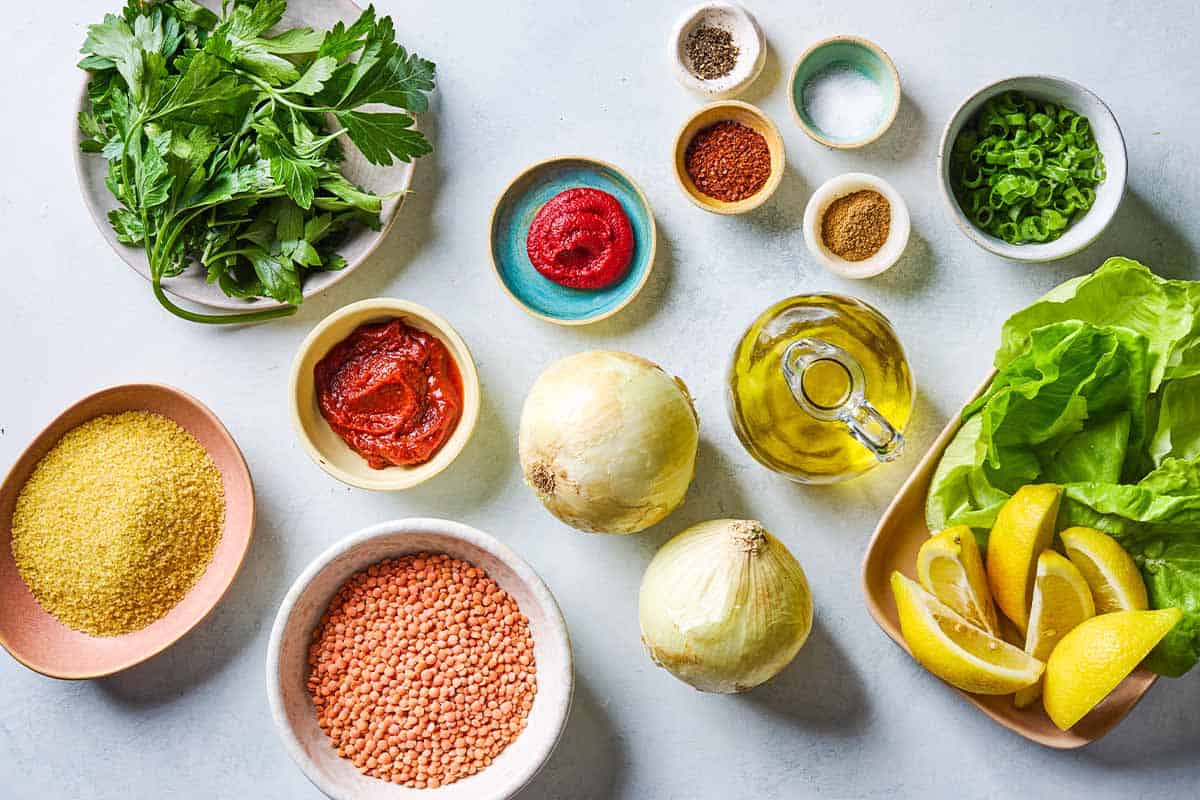
What is in Mercimek Köftesi?
Though the ingredients here are typical of a Turkish pantry, they’re also easy to source. Many can be ordered from our shop, or substituted with what you have on hand. You’ll need:
Produce
- Onion: Yellow or white onions are traditional, though you can use red onions too if you prefer. Sautéing the onions in olive oil for 10-12 minutes is important in this recipe. As the onions soften, they sweeten and start to caramelize, which adds a delicious depth of flavor flavor to the lentil patties.
- Green onions: Also called scallions or spring onions, we use these liberally in our salads and patties. They add a touch of freshness and milder onion flavor, great with patties.
- Flat-leaf (Italian) parsley: Parsley is the most widely used herb in Turkish cuisine. Parsley adds a neutral, clean, and almost citrusy taste.
- Small lettuce leaves: Provide a lovely nest, a touch of freshness, and an easy way to enjoy the mezze.
- Lemon wedges: I love citrusy, sharp fresh lemon juice. Please avoid bottled lemon juice (as it tends to be astringent) and use fresh lemon wedges (or lime wedges as a second choice).
Pantry
- Olive oil: My choice of fat for sautéing the onions. It’s healthy and flavors the lentils and bulgur beautifully.
- Double-concentrated tomato paste: Adds natural sweetness and acidity to the lentil balls.
- Turkish red pepper paste: An essential condiment in southern Turkish cuisine made from juicy and spicy red peppers to add depth to salads and dips.
- TRY IT: Make it yourself with my Turkish Red Pepper Paste recipe, source it online, or at your local Middle Eastern market.
- BEST SUBSTITUTE: Double-concentrated tomato paste.
- Dried red lentils: We use this dried variety of red lentils to make this lentil recipe. They are easy to cook, widely available, and nutritious.
- Bulgur: Use “fine bulgur,” or substitute with cooked quinoa for a gluten-free option. (See “Ingredient Spotlight” below for more information.)
- Ground cumin: I adore the pungent, warm aroma of this spice. It pairs beautifully with the lentils here.
- Pul biber: Also known as Aleppo pepper, pul biber is one of the most-used spices in Turkish cuisine. You’ll always find a small pot of it next to the salt and black pepper for everyday seasoning on our tables. It has a mild, pleasant heat and a warm, smoky taste that adds depth of flavor.
- TRY IT: Find it at our shop, or substitute with another dried and ground red pepper like standard chili flakes.
- Sea salt and freshly ground black pepper: It is important to season the lentils so they don’t taste bland.
- Pomegranate molasses (optional): Pomegranate molasses is a much-loved condiment in southern Turkish cuisine, made from fresh pomegranate juice reduced to a thick, rich molasses. Its naturally sweet and tangy flavor is fantastic in salads, dips, and marinades.
- TRY IT: Widely available in supermarkets and online these days, or you can make your own with fresh pomegranate juice.
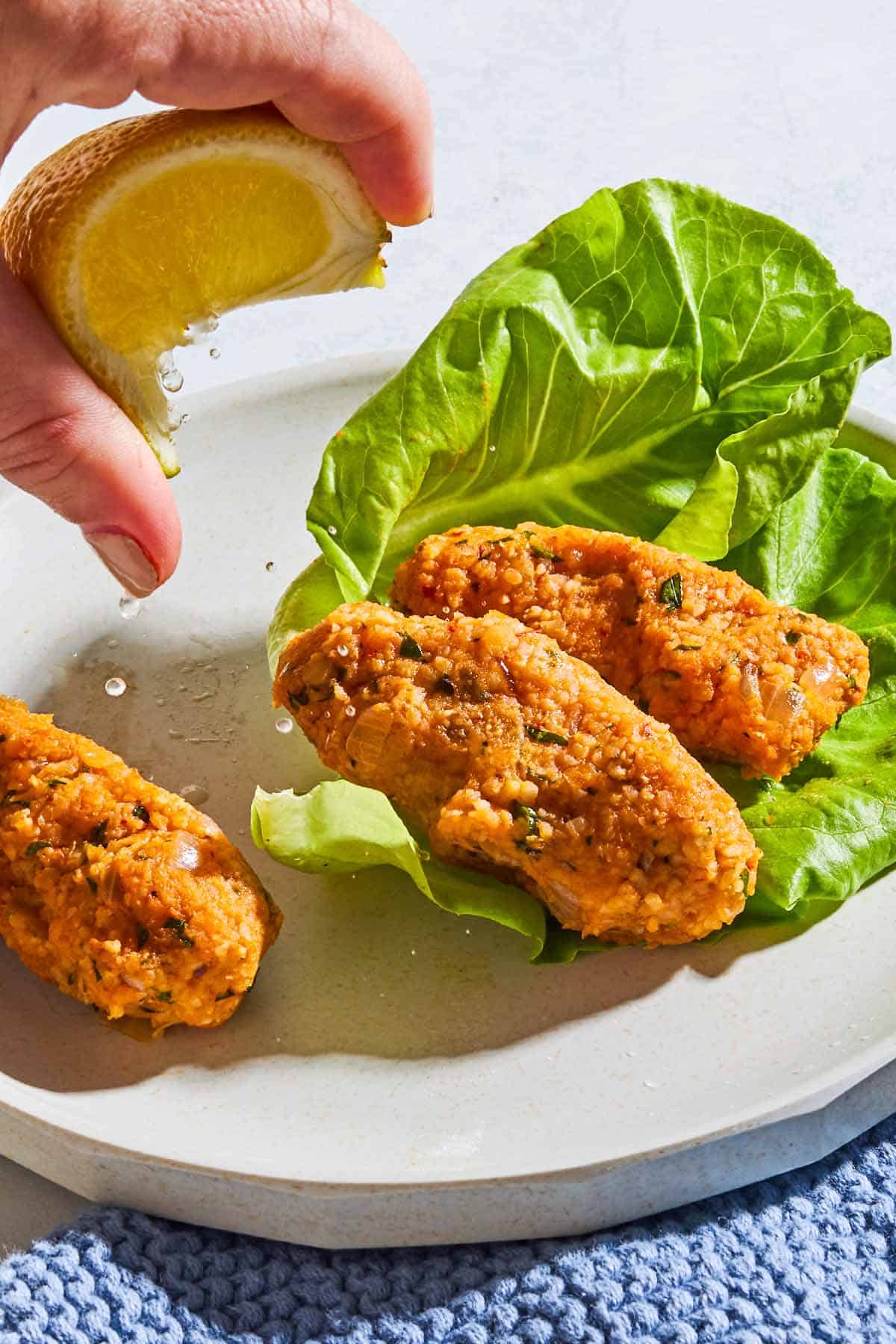
Ingredient Spotlight
Bulgur wheat is a grain made from cooked wheat berries that have the outer bran case removed and are then dried and pounded. It’s widely available in supermarkets these days. Fine bulgur (ince bulgur in Turkish) is finer ground and lighter in texture, which is great in patties and salads, like Kisir and Tabouli.
I love the nutty taste of bulgur. It’s wholesome and so easy to cook–a must in my kitchen!
- READ MORE: How To Cook Bulgur Wheat Perfectly
- TRY IT: Find Extra Fine Turkish Bulgur at our shop.

How to Make Turkish Red Lentil Balls
Mercimek Köftesi is traditionally served at room temperature, so just give yourself enough time to allow the meatballs to cool. Even though the translation is meatballs, the lentil and bulgur mixture is shaped similarly to kofte, where you press it together in an oblong shape although no, skewer is required for this recipe. Here are the steps:
Cook the Onions, Lentils, and Bulgur
- Get ready. Heat 3 cups of water in a small saucepan or tea kettle.
- Saute the onions. Heat 2 tablespoons extra virgin olive oil in a wide sauté pan over medium-high heat. Add 2 finely chopped onions and sauté for 10–12 minutes, stirring often until they’re softened and starting to caramelize. Add 1 tablespoon each tomato paste and red pepper paste and combine well, then set aside to cool.
- Cook the lentils. Place a heaping 3/4 cup of rinsed red lentils in a medium saucepan with 2 cups of hot water. Bring to a boil over high heat, then reduce the heat to maintain a simmer. Simmer until the lentils are cooked through, about 15 minutes. Skim off any scum that rises to the surface with a spoon and stir occasionally so that the lentils don’t stick to the bottom of the pan. Drain off any leftover liquid—the cooked lentils will be the consistency of a thick, chunky purée. Set aside to cool in a large bowl.
- Cook the bulgur. In the same pan, stir the 3/4 cup fine bulgur with the remaining scant 1 cup of hot water. Cover and let the bulgur absorb the water and soften for 5 minutes.
Make the Lentil Mixture
- Make the lentil mixture. Into the bowl with the cooled lentils, add the bulgur, sautéed onions, 4 chopped green onions, and 1 finely chopped parsley bunch. Season with 1/2 tablespoon ground cumin and 1 teaspoon Aleppo pepper (if using), salt and pepper to taste. Stir to combine—the mixture needs a good seasoning, adjust the salt to your taste.
- Knead. Fill a medium bowl with room-temperature water and a drizzle of olive oil. Slightly dampen your hands in the oily water, then knead the bulgur and lentil mixture for a couple of minutes until well combined. It will be a soft dough consistency. Check the seasoning and add more salt or spices to your taste, mix well.
Shape and Serve
- Shape the lentil patties: Dampen your hands and take a large walnut-sized piece of the mixture and form it into a rough oval shape. Place on a wide serving plate over a bed of lettuce leaves. Repeat until you’ve used all of the mixture.
- Serve. Serve with lemon wedges on the side or with a drizzle of pomegranate molasses, as my husband prefers.
Ways to Mix it Up
Here are a few ideas for how to make this lentil recipe your own:
- Make them milder: Use red onions instead of yellow or white onions.
- Make them slightly crispy: These patties are traditionally served at room temperature. Though not traditional, you may experiment gently sautéing the patties on a non-stick pan in 3-4 tablespoons of olive oil over medium heat for about 2 minutes per side.
- Make them gluten-free: Use pre-cooked quinoa instead of fine bulgur.

What to Serve with Mercimek Köftesi
There are many ways to enjoy these delicious lentil balls as part of a buffet for entertaining. They make a great substantial vegetarian side or main, with pickles, refreshing salads, or other mezze aside.
It is also a delicious side for grilled mains, like Grilled Vegetable Kebabs for a vegetarian feast. You can pair this recipe with savory filo pies, our Boreks, or Gözleme stuffed flatbreads, and Pide too.
More High Protein Vegan Recipes
Browse All Mediterranean Recipes
Visit Our Shop
Turkish Lentil Mezze (Mercimek Köftesi)

Ingredients
- 3 cups hot water
- 2 tablespoons extra virgin olive oil, plus more for drizzling
- 2 yellow or white onions, finely chopped
- 1 tablespoon double concentrated tomato paste
- 1 tablespoon Turkish red pepper paste (biber salçası, see note)
- 3/4 cup (heaping) red lentils, rinsed
- 3/4 cup fine bulgur
- 4 green onions, trimmed and finely chopped
- 1 small bunch flat-leaf parsley, finely chopped
- 1 1/2 teaspoons ground cumin
- 1 teaspoon Aleppo pepper (optional)
- Kosher salt, to taste
- Freshly ground black pepper, to taste
For Serving
- Lettuce cups
- Lemon wedges
- Pomegranate molasses optional
Instructions
- Get ready. Heat 3 cups of water in a small saucepan or tea kettle.
- Saute the onions. To a large sauté pan set over medium-high heat add the olive oil. Once the oil begins to shimmer, add the onions and sauté for 10–12 minutes, stirring often until they’re softened and starting to caramelize. Add the tomato paste, and red pepper paste, and combine well, then set aside to cool.
- Cook the lentils. Place the heaping 3/4 cup rinsed red lentils in a medium saucepan with 2 cups of hot water. Bring to a boil over high heat, then reduce the heat to maintain a simmer. Simmer until the lentils are cooked through, about 15 minutes. Skim off any scum that rises to the surface with a spoon and stir occasionally so that the lentils don’t stick to the bottom of the pan. Drain off any leftover liquid – the cooked lentils will be the consistency of a thick, chunky purée. Set aside to cool in a large bowl.
- Cook the bulgur. In the same pan off heat, stir the 3/4 cup fine bulgur with the remaining scant 1 cup of hot water. Cover and let the bulgur absorb the water and soften for 5 minutes.
- Make the köfte mixture. Into the bowl with the cooled lentils, add the bulgur, sautéed onions mixture, green onions, and parsley. Season with ground cumin, Aleppo pepper (if using), salt and pepper. Stir to combine–the mixture needs a good seasoning, adjust the salt to your taste.
- Knead. Fill a medium bowl with room temperature water and a drizzle of olive oil. Slightly dampen your hands in the oily water, then knead the bulgur and lentil mixture for a couple of minutes until well combined. It will be a soft dough consistency. Check the seasoning and add more salt or spices to your taste, mix well.
- Shape: Dampen your hands and take a large walnut-sized piece of the mixture and squeeze it gently in your hand like you're making a loose fist. You want to shape them into rough-looking ovals. Place on a wide serving plate over a bed of lettuce leaves. Repeat until you’ve used all of the mixture.
- Serve. Serve with lemon wedges on the side or with a drizzle of pomegranate molasses, as my husband prefers.
Notes
- Shop this recipe: Visit our shop to browse quality Mediterranean ingredients including the olive oil, cumin, Aleppo pepper, and pomegranate molasses used in this recipe.
- You can substitute the Turkish red pepper paste with more tomato paste, make it yourself, or find it at Middle Eastern markets or online.
Nutrition
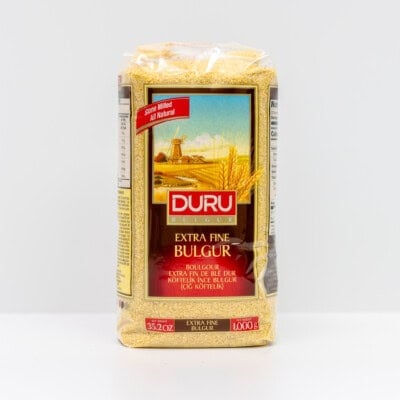
Try Turkish Bulgur
Authentic all-natural extra fine bulgur made from hard red winter wheat berries.



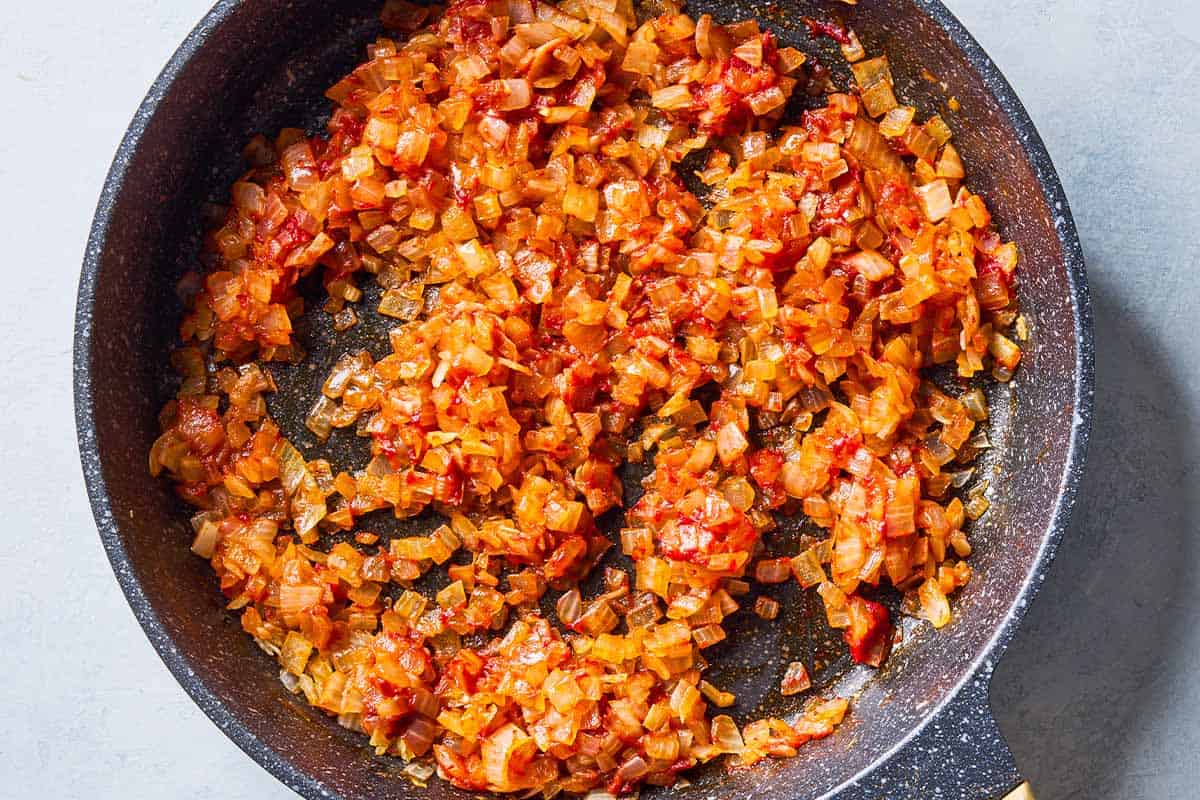
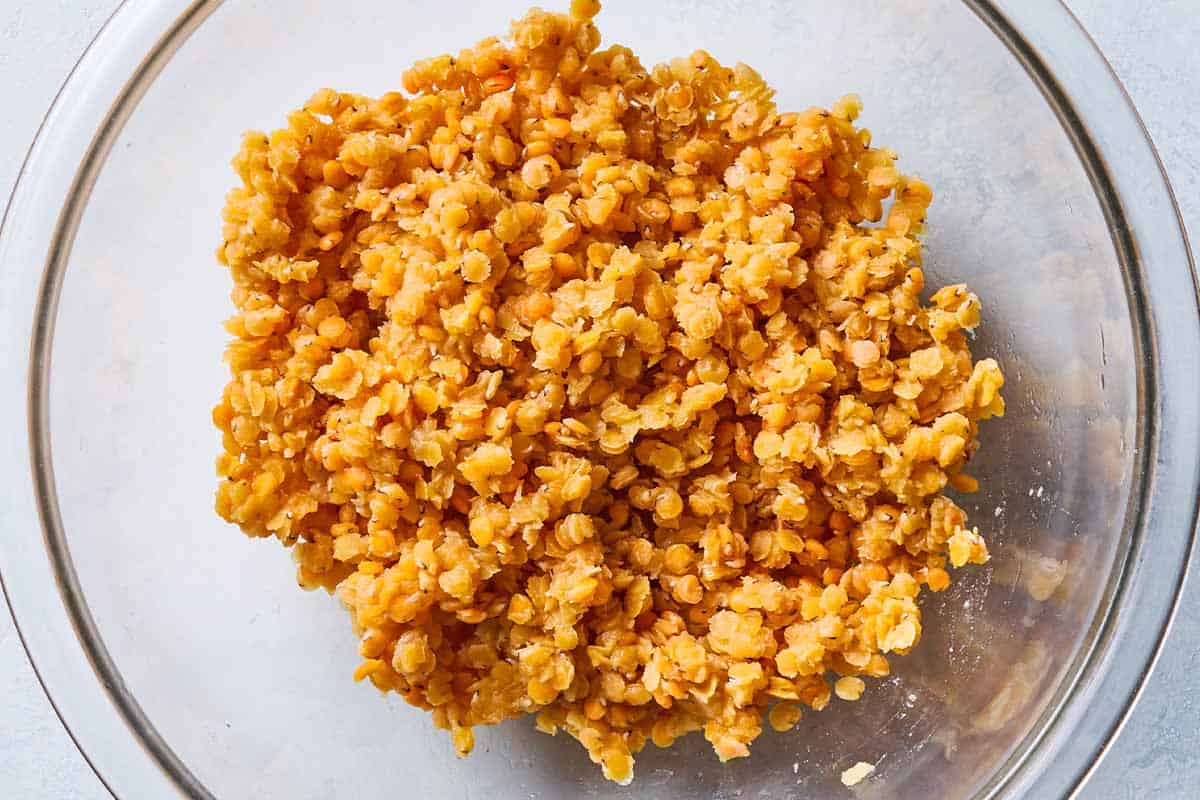
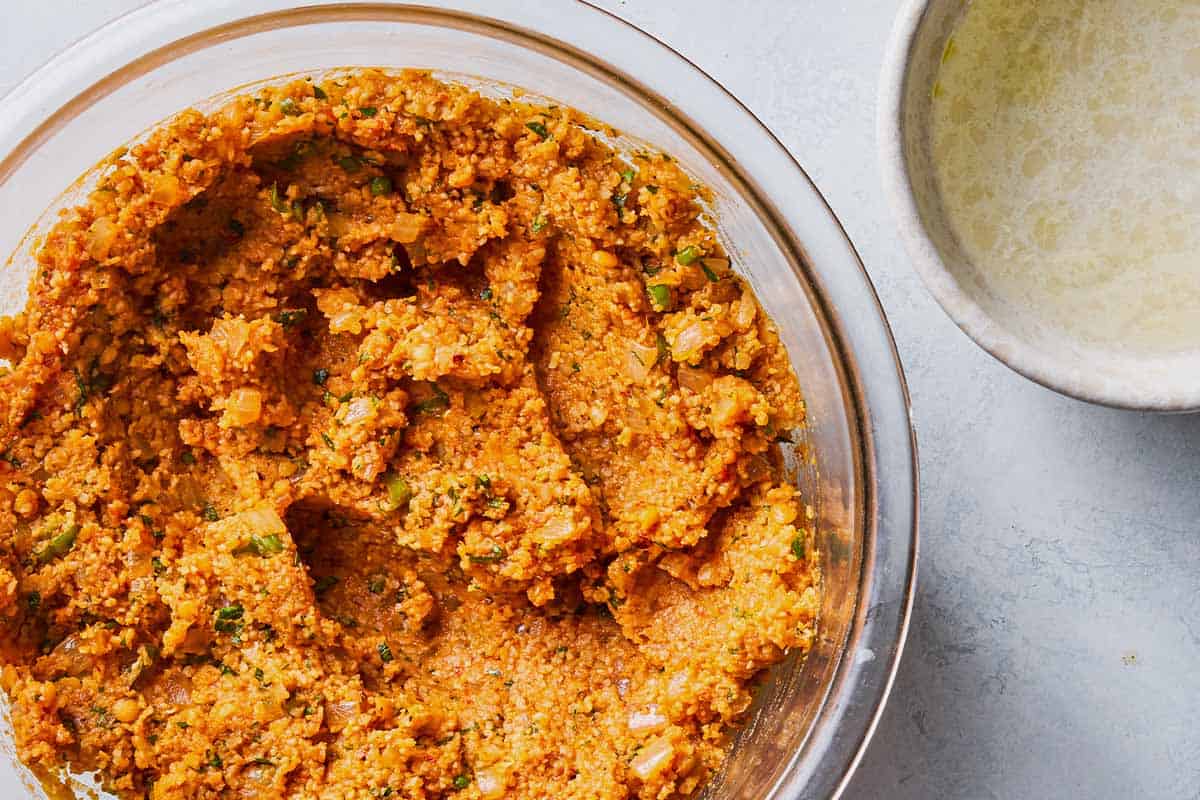
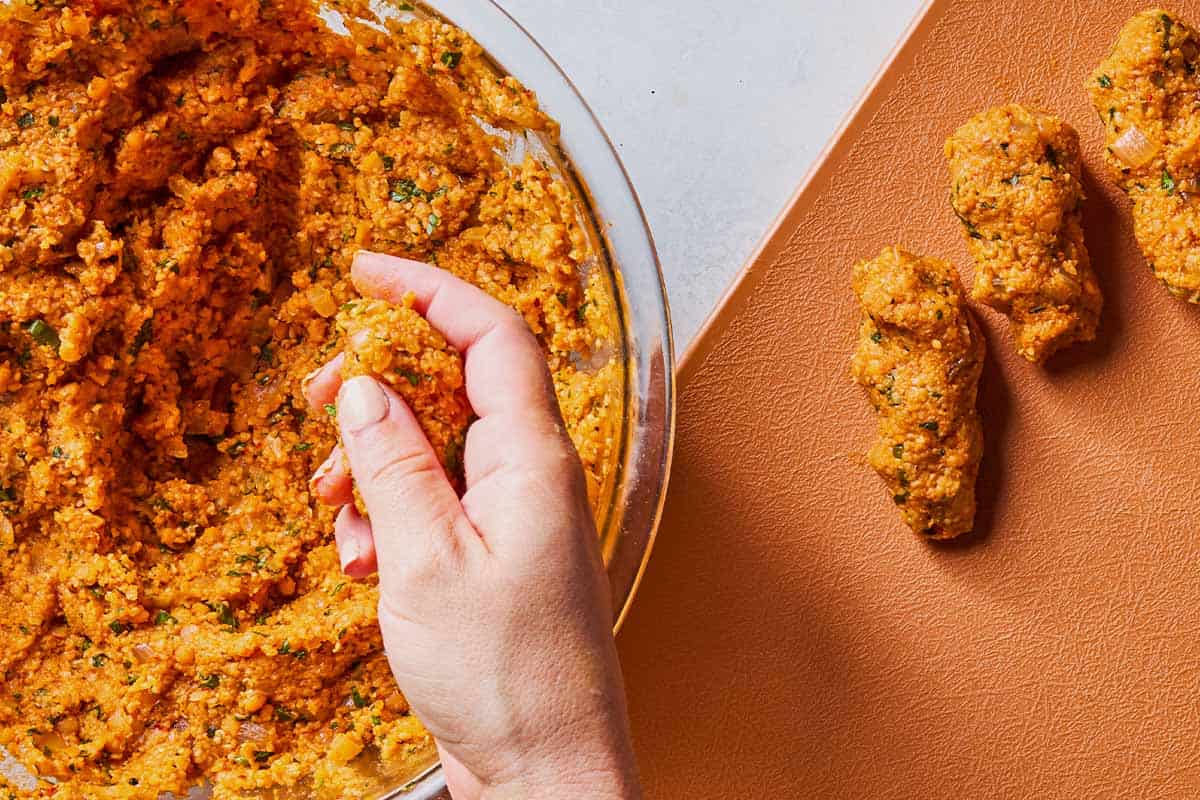

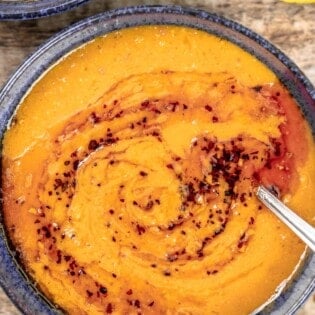
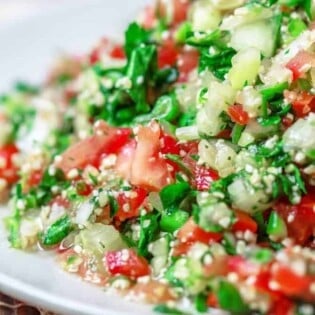
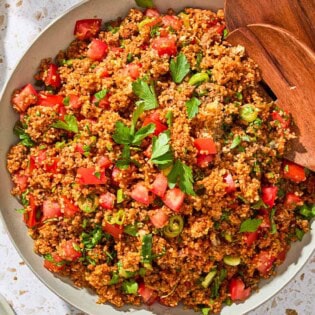

Recipe came out quite mushy as it was. I had to make a lot of modifications to make it work.
This reminds me of a vegan version of Chi Kofte which I have seen at various Turkish, Armenian, and Kurdish restaurants. I will try making this dish instead
I’m surprised you don’t pan fry these like falafel. I feel compelled to fry. Is that an alternative? Turkish lentil mezze.
Hi, Corrine. If you want to crisp them up a bit and give them more of a fried texture, in the post, Ozlem recommends gently sautéing the patties on a non-stick pan in 3-4 tablespoons of olive oil over medium heat for about 2 minutes per side.
How is the texture of this dish? It seems to me like it might be a bit mushy and dry? I feel like it might need a frying step after shaping them.
Food texture is a big thing for my wife and I’d like for her to try them and like them. Should I make the recipe as written and hope for the best? Or would it be ok to do the fry step after shaping?
I know, my meal, my rules, but I want to get the best from this dish and know my wife will enjoy it.
I thought the same thing. I assumed from the photo, that these nuggets were fried and crispy. I was surprised that they weren’t. I decided to fry them anyway. I am making a meal that includes several vegans. I always want to make something that they would love to eat. This sounds like one.
Please stop back and let us know how the recipe went for you, Judy! We’d love to hear!
Hi, Mike. These have sort of a baked meatball texture, if that makes sense. They are on the softer side, but not dry and mushy. If you want to crisp them up a bit, in the post, Ozlem recommends gently sautéing the patties on a non-stick pan in 3-4 tablespoons of olive oil over medium heat for about 2 minutes per side.